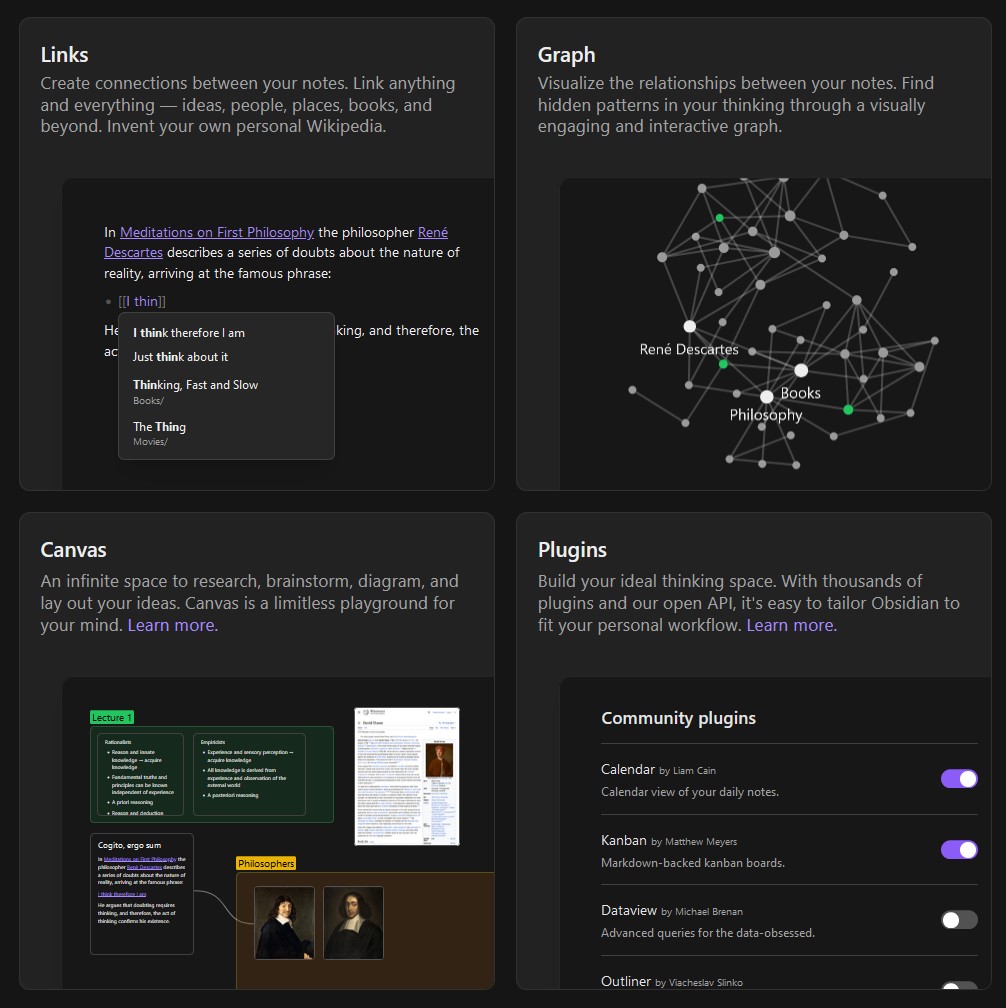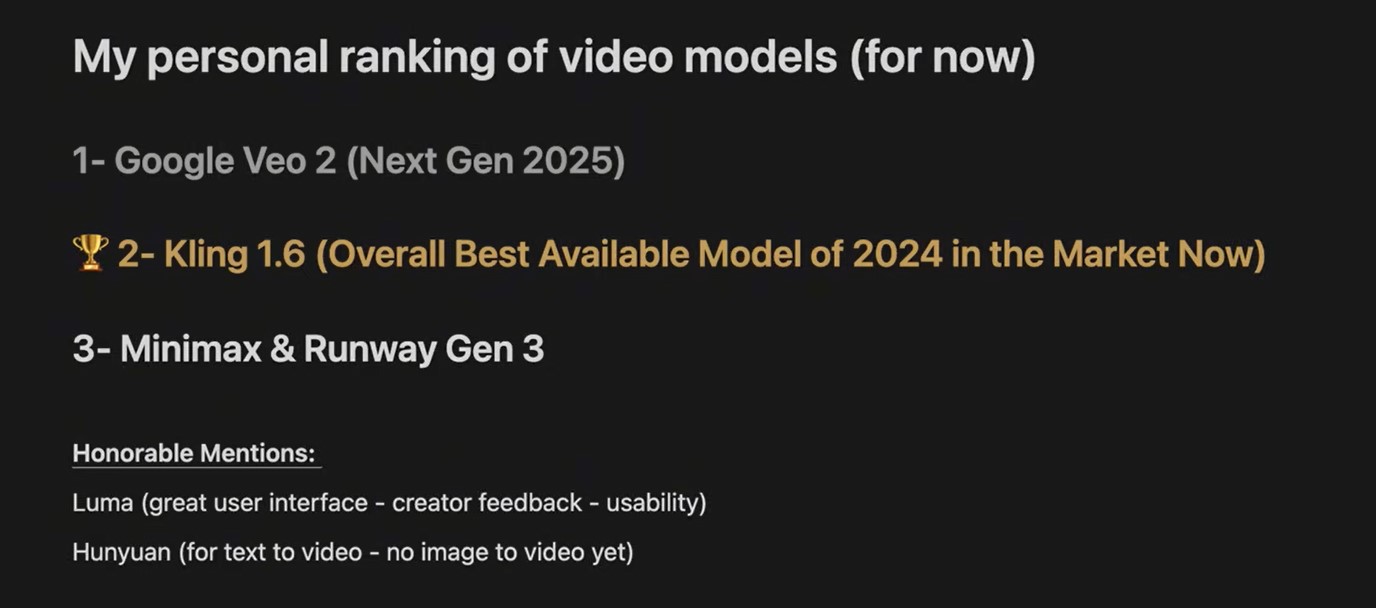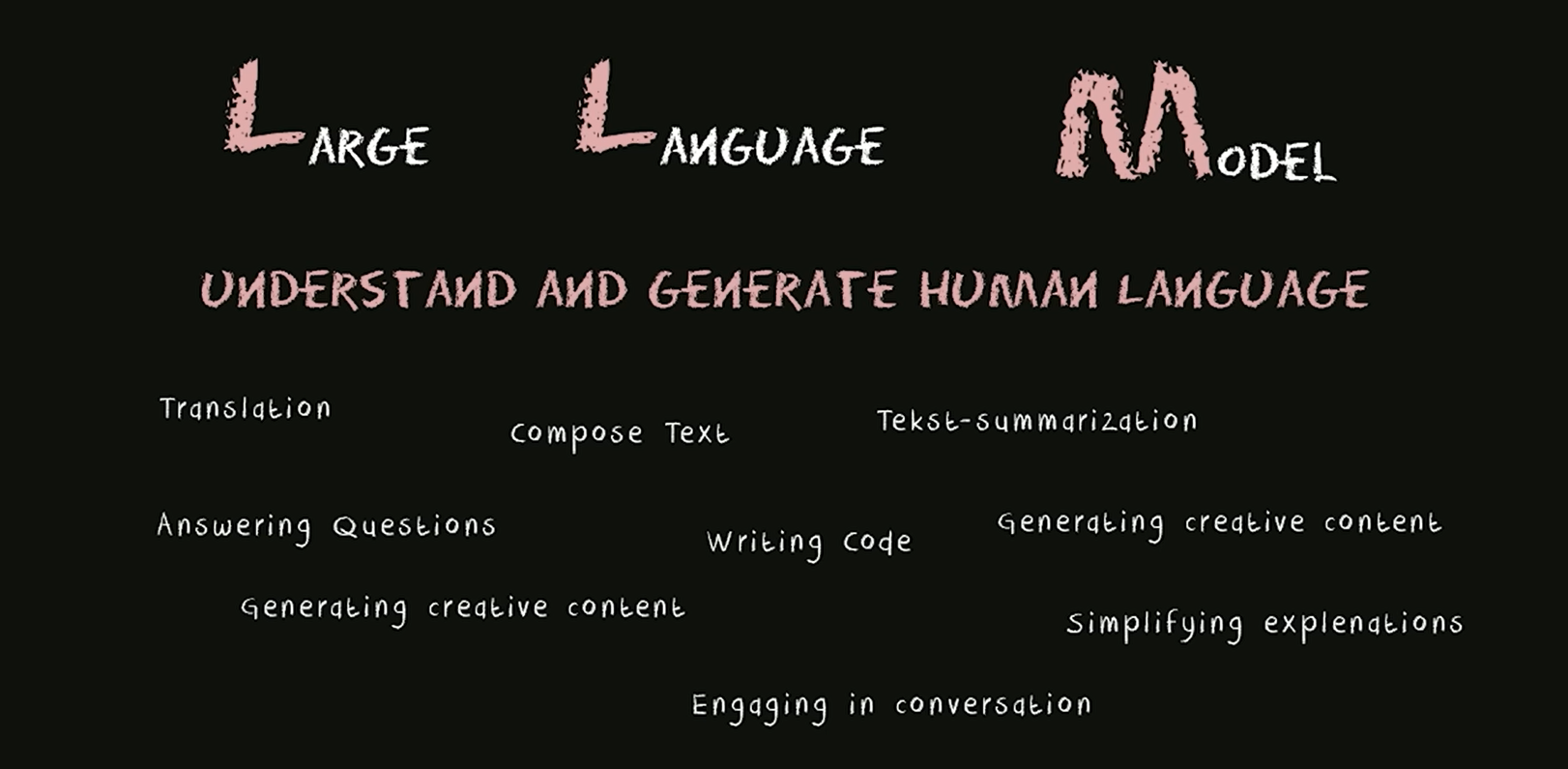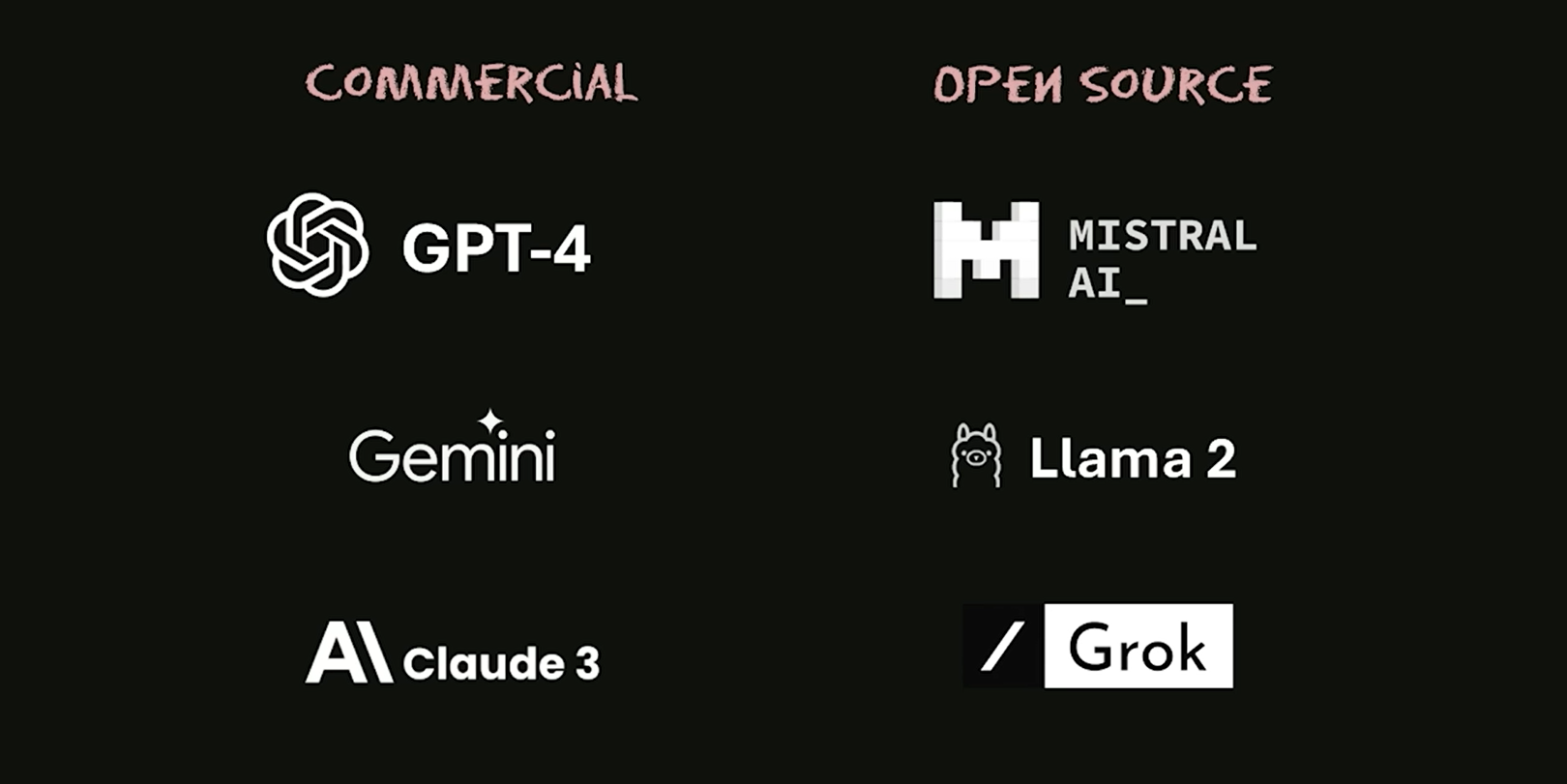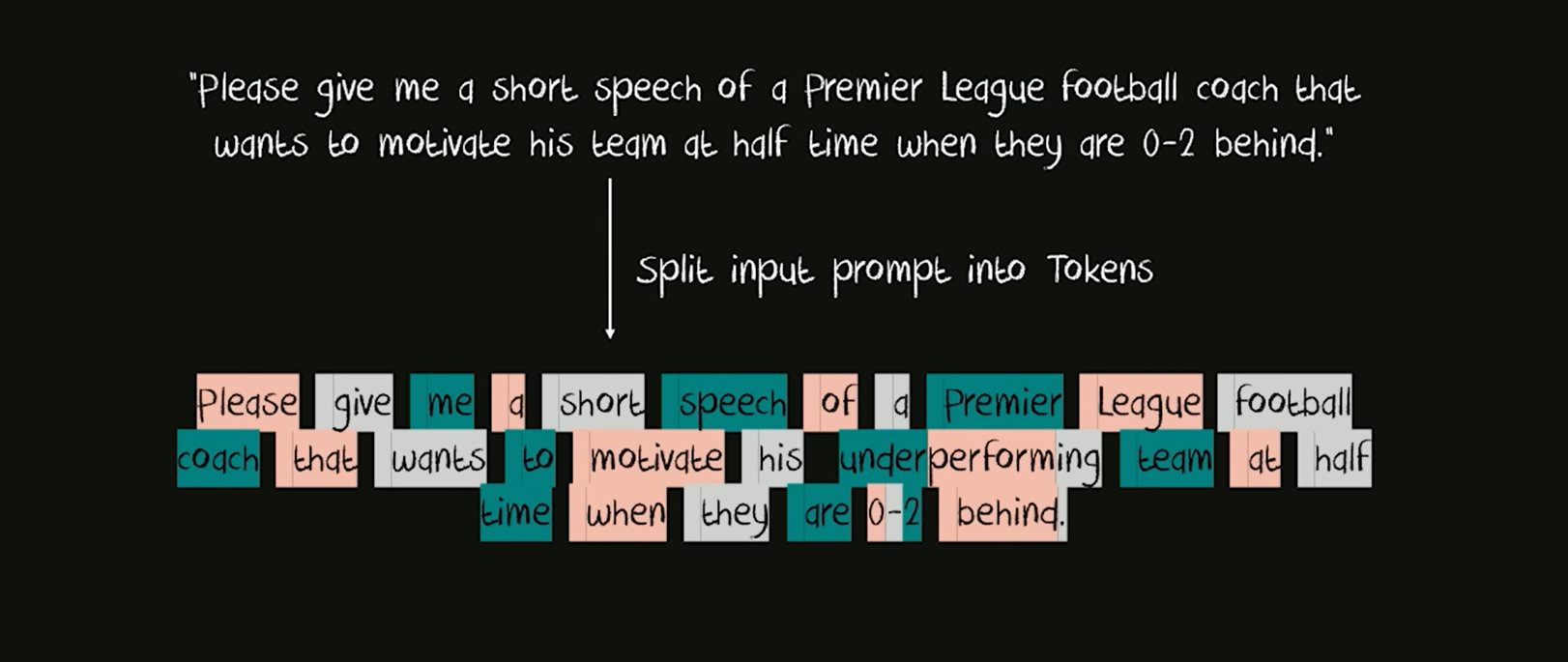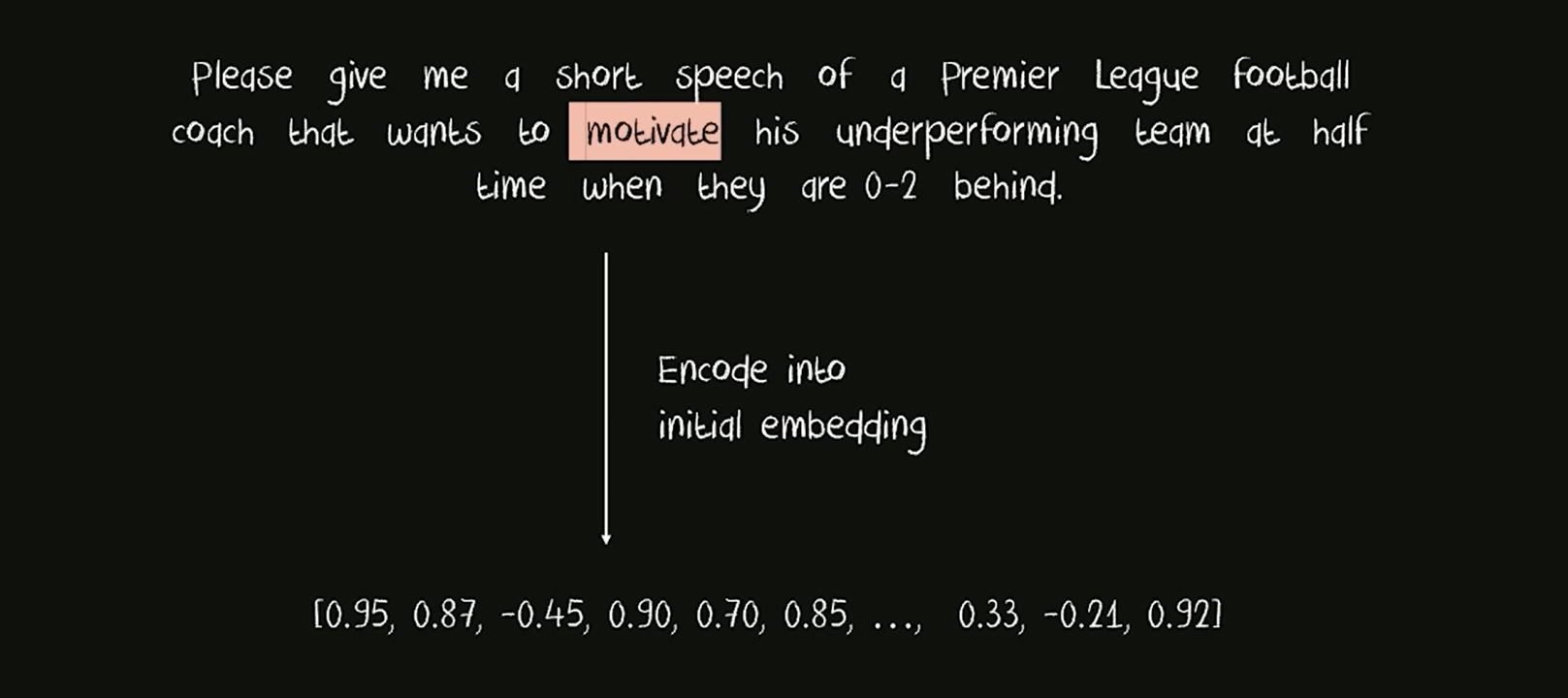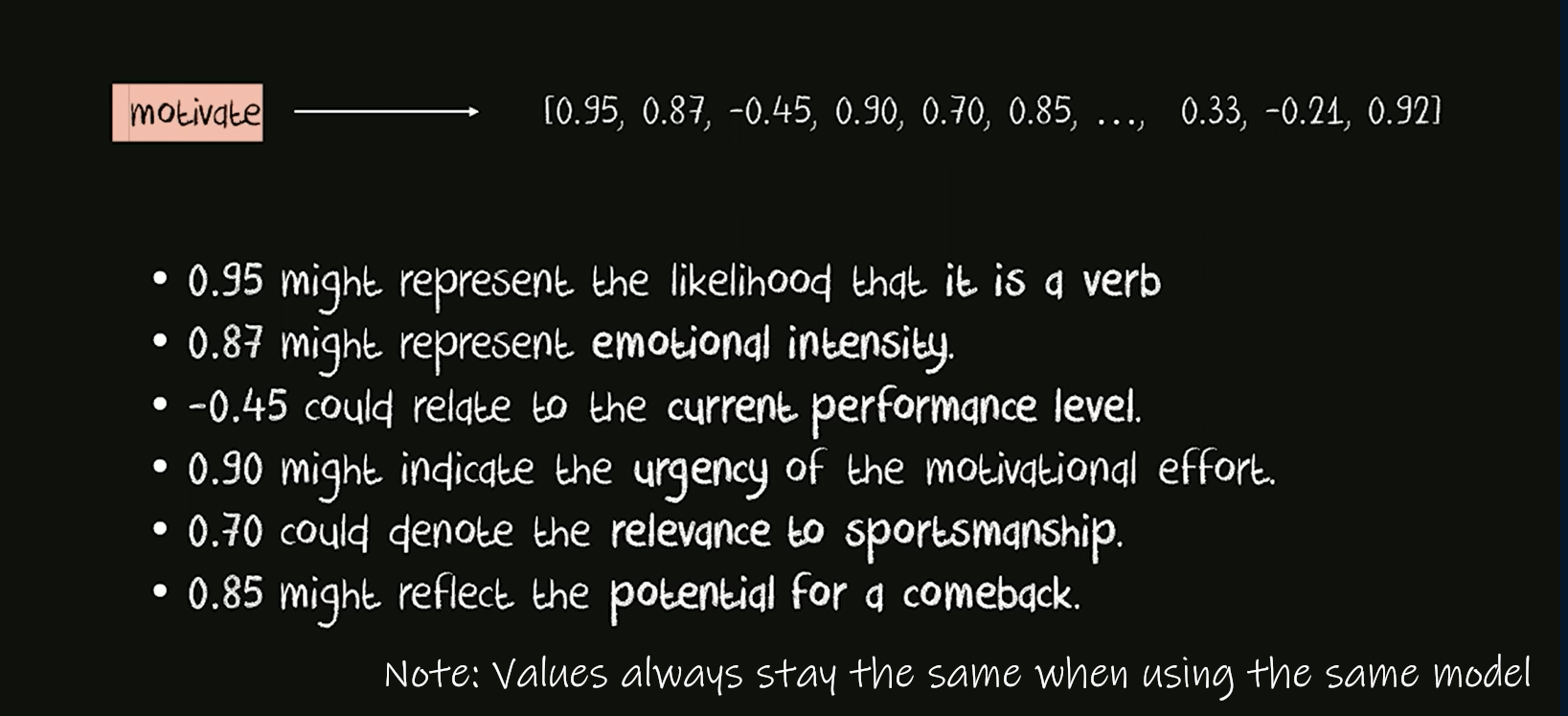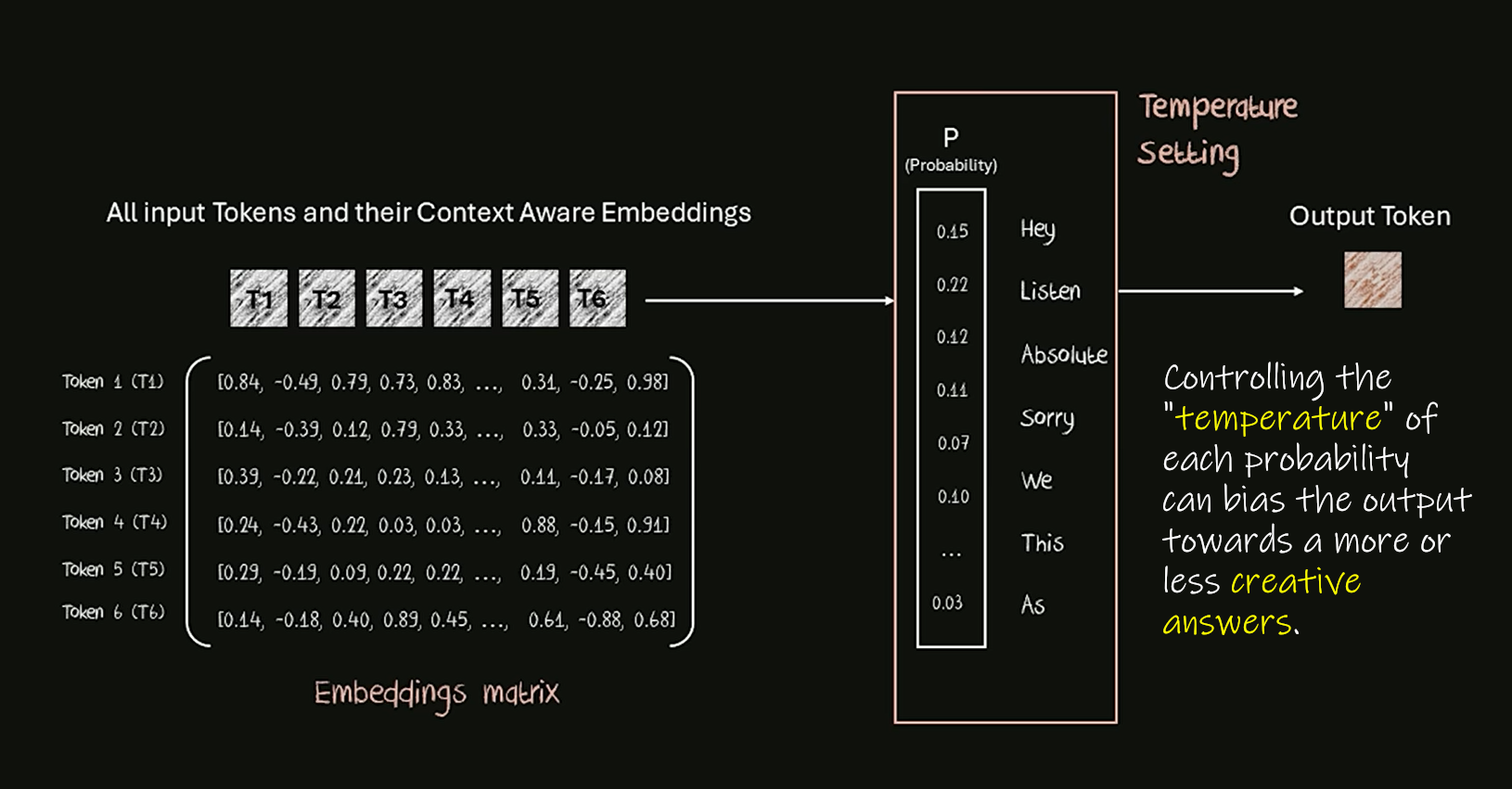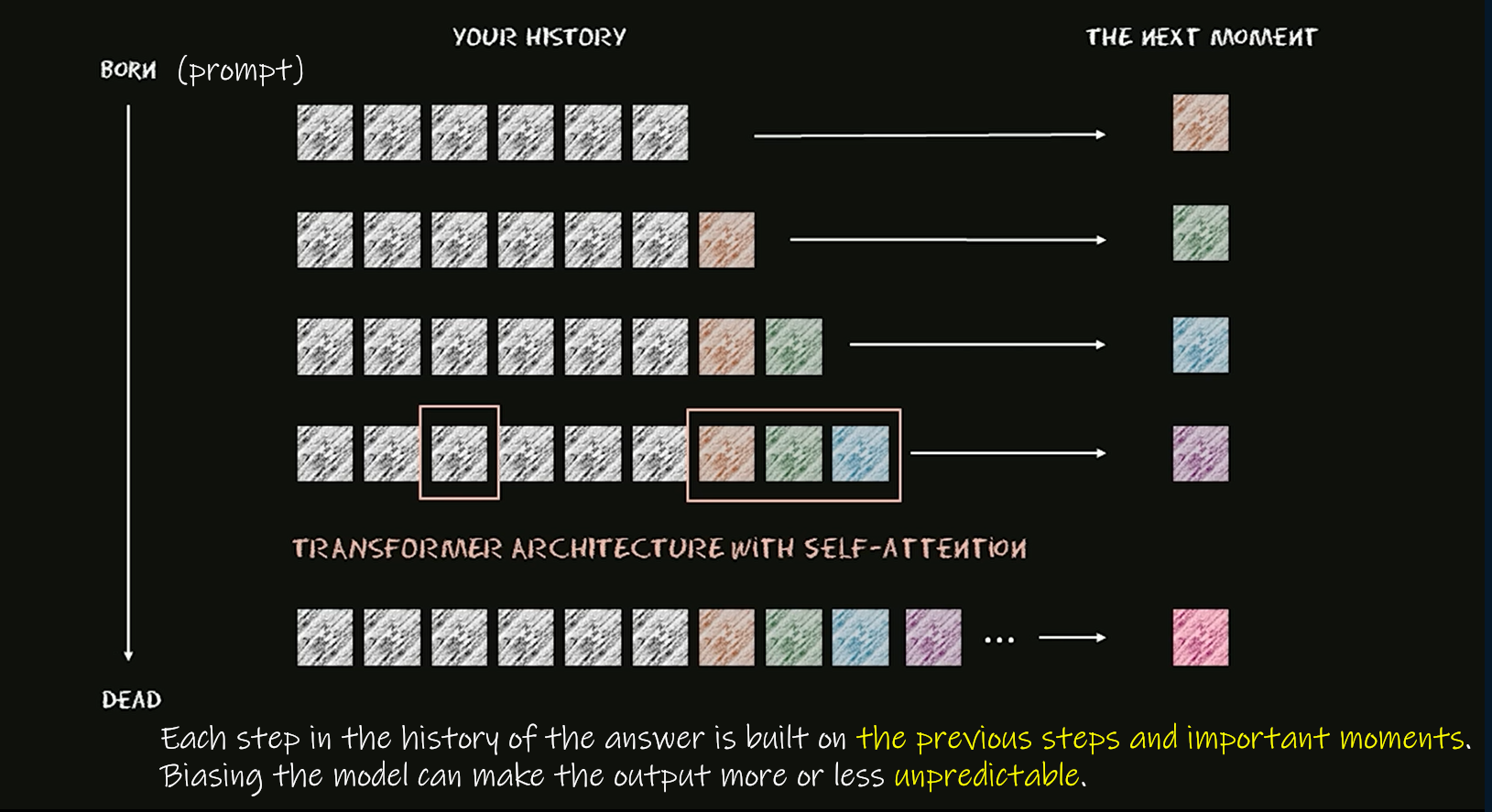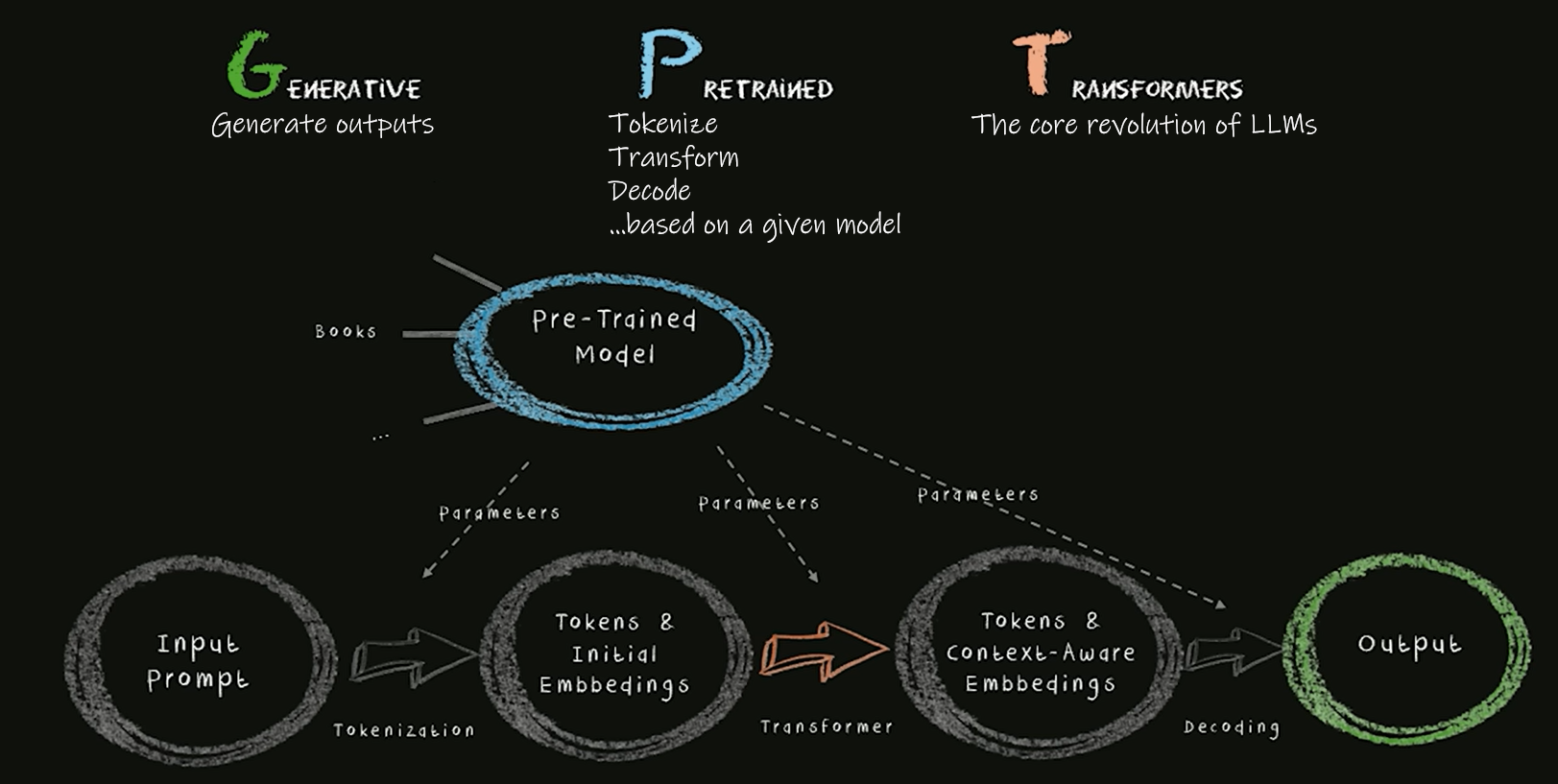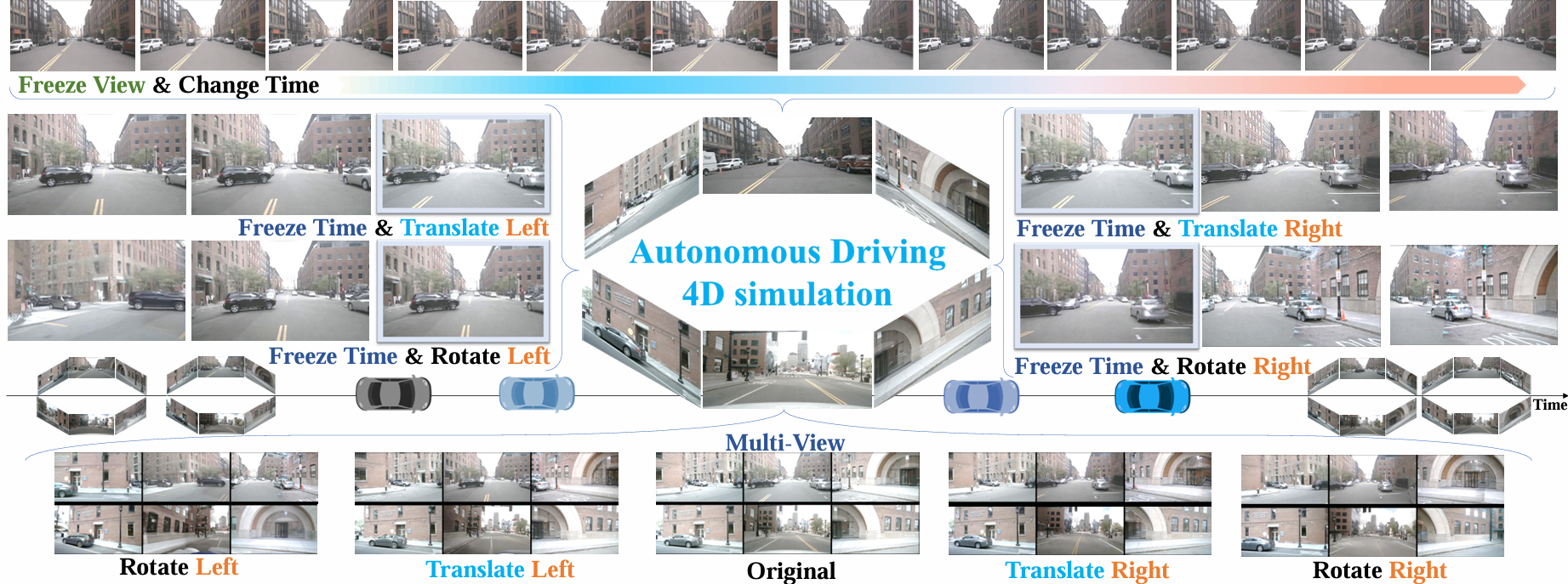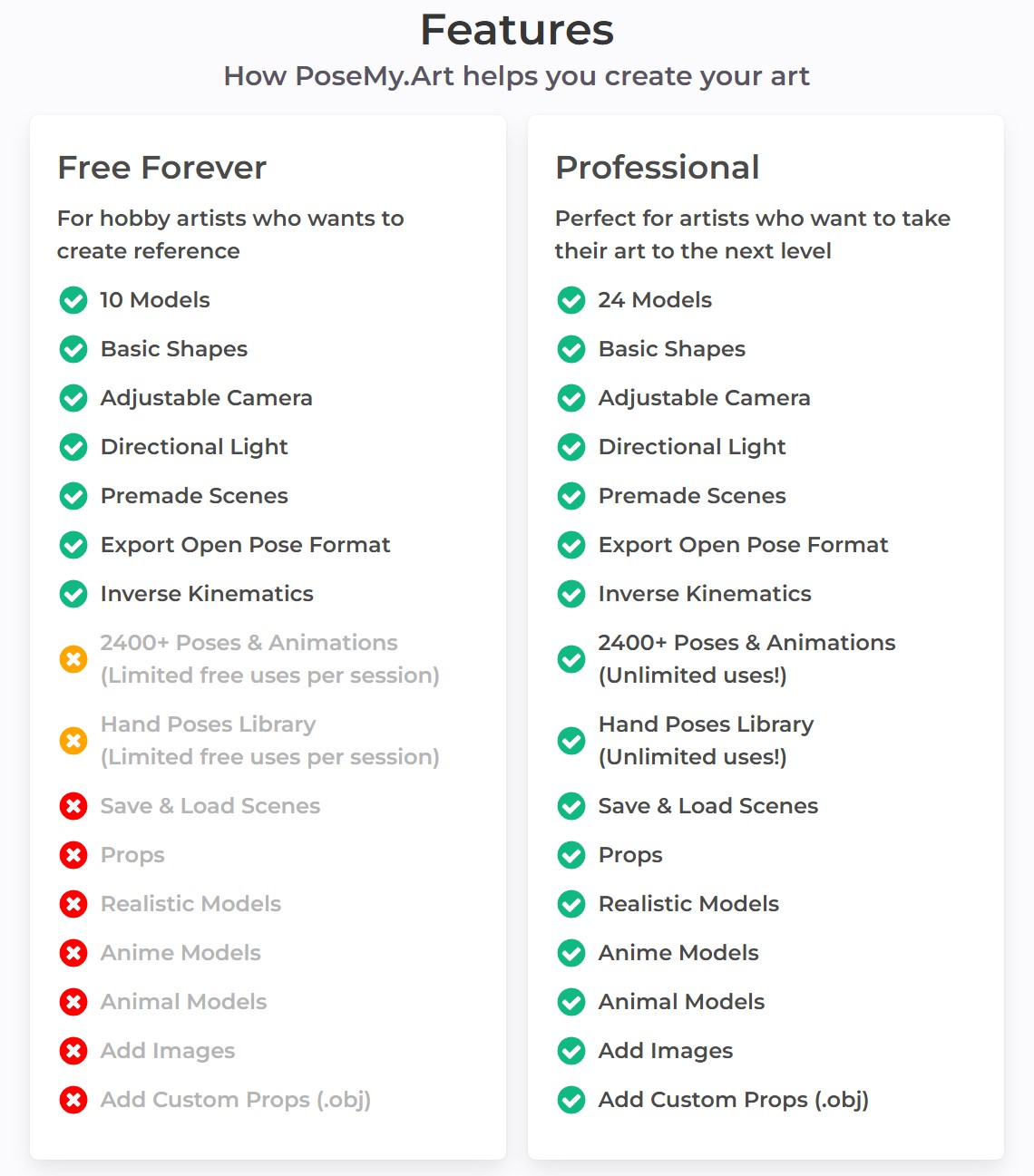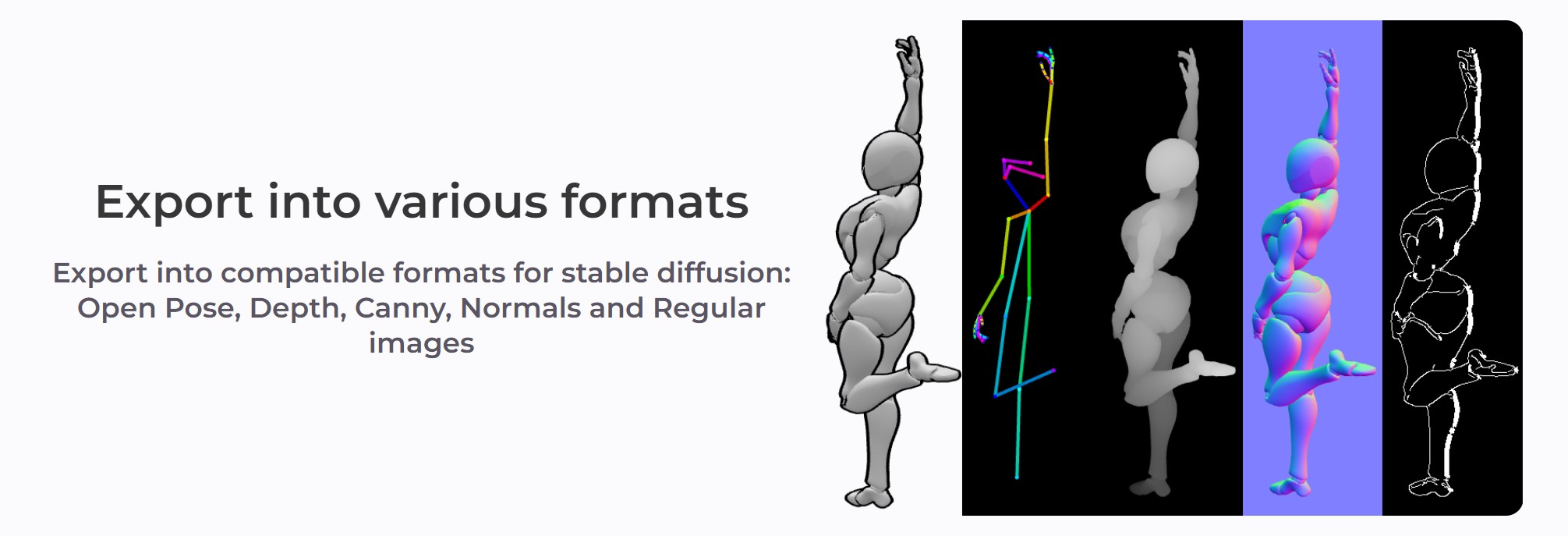BREAKING NEWS
LATEST POSTS
-
A Looming Threat to Bitcoin (and the financial world)- The Risk of a Quantum Hack
Advancements in quantum computing pose a potential threat to Bitcoin’s security. Google’s recent progress with its Willow quantum-computing chip has highlighted the possibility that future quantum computers could break the encryption protecting Bitcoin, enabling hackers to access secure digital wallets and potentially causing significant devaluation.
Researchers estimate that a quantum computer capable of such decryption is likely more than a decade away. Nonetheless, the Bitcoin developer community faces the complex task of upgrading the system to incorporate quantum-resistant encryption methods. Achieving consensus within the decentralized community may be a slow process, and users would eventually need to transfer their holdings to quantum-resistant addresses to safeguard their assets.
A quantum-powered attack on Bitcoin could also negatively impact traditional financial markets, possibly leading to substantial losses and a deep recession. To mitigate such threats, President-elect Donald Trump has proposed creating a strategic reserve for the government’s Bitcoin holdings.

-
posemy.art – Create Poses for Drawing Reference and AI apps in Seconds for Free
FEATURED POSTS
-
AI and the Law – This Vox article is OpenAI training data – How AI is holding the internet hostage and media is no exception
- Pros of AI Chatbots:
- Efficiency and Accessibility: AI chatbots can handle a large volume of queries simultaneously, providing quick and consistent responses, which is beneficial for customer service and support.
- 24/7 Availability: Unlike human operators, chatbots are available around the clock, ensuring that users can get assistance at any time.
- Cost-Effective: Implementing chatbots can reduce operational costs for businesses by minimizing the need for large customer service teams.
- Personalization and Scalability: Advanced AI can offer personalized responses and scale effortlessly to meet demand.
- Cons of AI Chatbots:
- Bias and Misinformation: AI chatbots can inadvertently propagate biases present in their training data, leading to inaccurate or offensive responses.
- Lack of Human Touch: Chatbots may struggle to understand and respond appropriately to nuanced human emotions and complex queries, potentially frustrating users.
- Technical Limitations: While AI is advancing, chatbots can still make errors and provide incorrect information, which can undermine user trust.
- Environmental Impact: Training and running large AI models consume significant energy, contributing to carbon emissions and environmental concerns.
The deployment of AI chatbots raises significant ethical concerns. Biases in training data can lead to the generation of skewed or harmful content, posing risks to users and undermining trust in AI systems. Additionally, the potential misuse of AI chatbots for spreading misinformation and the environmental impact of training large AI models are critical issues that require attention.
The trajectory of AI chatbot development points towards increasingly sophisticated and generalized AI capabilities. As research progresses towards Artificial General Intelligence (AGI), the potential applications of AI chatbots are expected to expand further, encompassing more complex and nuanced tasks. However, achieving AGI will require addressing current ethical and technical challenges to ensure the responsible development and deployment of AI technologies.

- Pros of AI Chatbots:
-
Google – Artificial Intelligence free courses
1. Introduction to Large Language Models: Learn about the use cases and how to enhance the performance of large language models.
https://www.cloudskillsboost.google/course_templates/5392. Introduction to Generative AI: Discover the differences between Generative AI and traditional machine learning methods.
https://www.cloudskillsboost.google/course_templates/5363. Generative AI Fundamentals: Earn a skill badge by demonstrating your understanding of foundational concepts in Generative AI.
https://www.cloudskillsboost.google/paths4. Introduction to Responsible AI: Learn about the importance of Responsible AI and how Google implements it in its products.
https://www.cloudskillsboost.google/course_templates/5545. Encoder-Decoder Architecture: Learn about the encoder-decoder architecture, a critical component of machine learning for sequence-to-sequence tasks.
https://www.cloudskillsboost.google/course_templates/5436. Introduction to Image Generation: Discover diffusion models, a promising family of machine learning models in the image generation space.
https://www.cloudskillsboost.google/course_templates/5417. Transformer Models and BERT Model: Get a comprehensive introduction to the Transformer architecture and the Bidirectional Encoder Representations from the Transformers (BERT) model.
https://www.cloudskillsboost.google/course_templates/5388. Attention Mechanism: Learn about the attention mechanism, which allows neural networks to focus on specific parts of an input sequence.
https://www.cloudskillsboost.google/course_templates/537
-
HDRI Median Cut plugin
www.hdrlabs.com/picturenaut/plugins.html

Note. The Median Cut algorithm is typically used for color quantization, which involves reducing the number of colors in an image while preserving its visual quality. It doesn’t directly provide a way to identify the brightest areas in an image. However, if you’re interested in identifying the brightest areas, you might want to look into other methods like thresholding, histogram analysis, or edge detection, through openCV for example.
Here is an openCV example:
(more…)
-
Public Work – A search engine for free public domain content
Explore 100,000+ copyright-free images from The MET, New York Public Library, and other sources.







